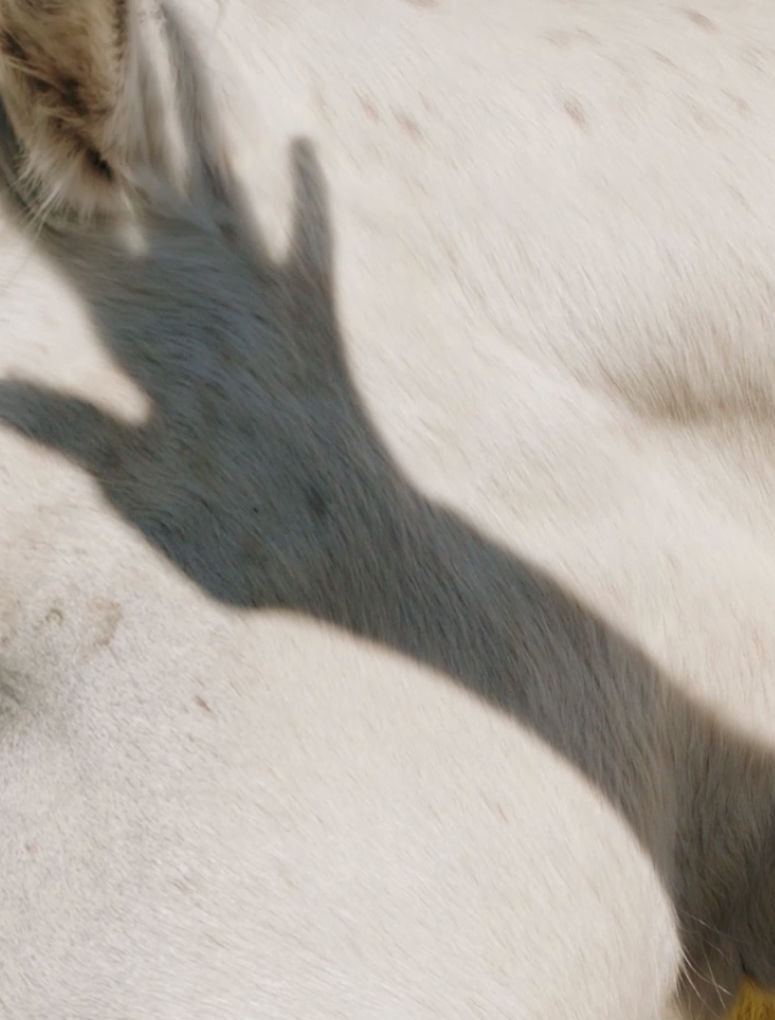At Stella McCartney, we take a responsibility for the resources that we use and the impact we have on people, animals and the planet, recognising that our responsibility is more than our sourcing and production and across the lifespan of our materials.
We recognise that our impacts are often shared with communities, competitors and the wider public. We believe that the key to creating meaningful, widespread change is collaboration. Tackling biodiversity loss and climate change requires the entire industry to work together to drive impactful transformations to our wider ecosystem.
We are on a journey to understand, measure and disclose our impact. We understand that there is greater interest and pressure than ever for businesses to identify and report their impact on the environment and communities they interact with. After 10 years, we have made the decision to move away from the Environmental Profit & Loss (EP&L), a tool that used natural capital accounting methods to place a monetary value on environmental impacts. We are instead charting a new path forward in step with global goals and commitments and utilising the Science-Based Targets initiative (SBTi) and other key standards. The ways we assess and report our impact should thus be consistent with relevant frameworks, methodologies, legislation and wider industry reporting.
Our Impact Report Year 2023 outlines how we are driving progress across five key pillars at the centre of our sustainability strategy: materials and innovation, social compliance, emissions control, traceability and biodiversity. We know that collaboration must be at the forefront of these efforts, and have continued investing in our longstanding partnerships and making way for new collaborations across material and product innovations, strategy and reporting.
The report features data, performance highlights and progress against our targets from our 2023 fiscal year (1 January to 31 December 2023). We will continue to make significant progress on mapping our products' value chains and impacts, leveraging this knowledge to drive impact reductions and strategic advancements in line with the evolving regulatory landscape.
Our focus on sustainability has remained the same. Innovation continues to be the driving force behind where we position ourselves as a brand that is impacting and influencing the broader industry. We continue to make significant progress on reducing our impacts, but we know there is more work ahead. We are invigorated and hopeful that others in the industry and beyond will join us in pushing towards a brighter future.
Download the Stella McCartney Impact Report Year 2023.








